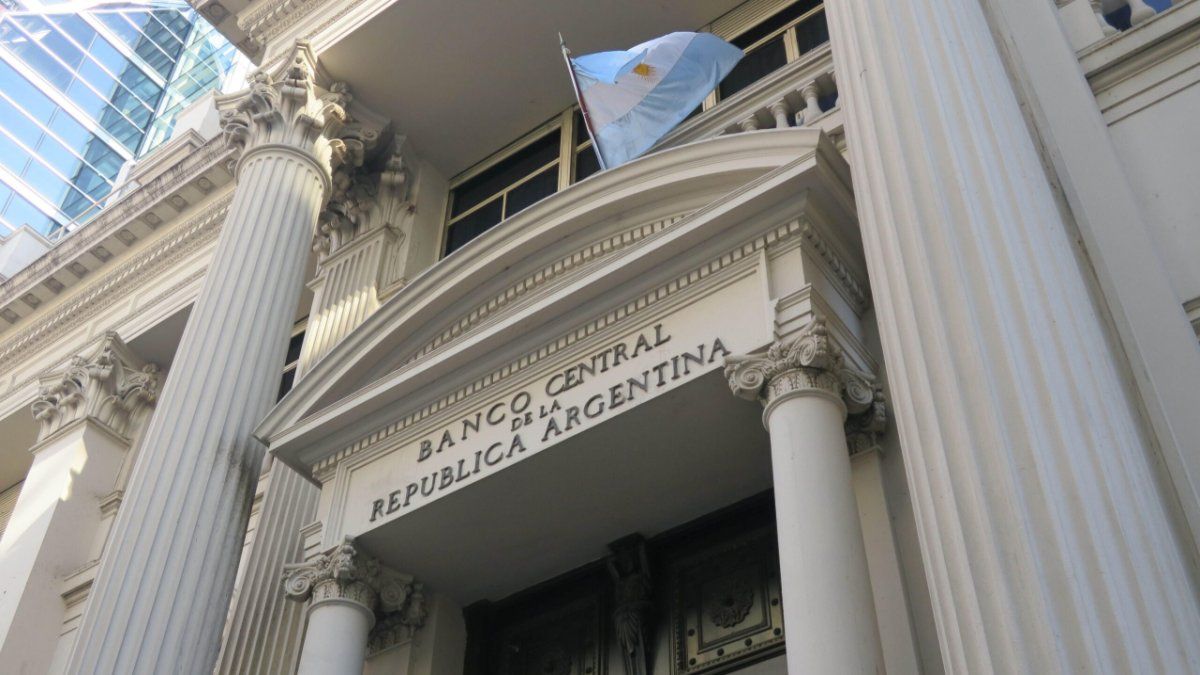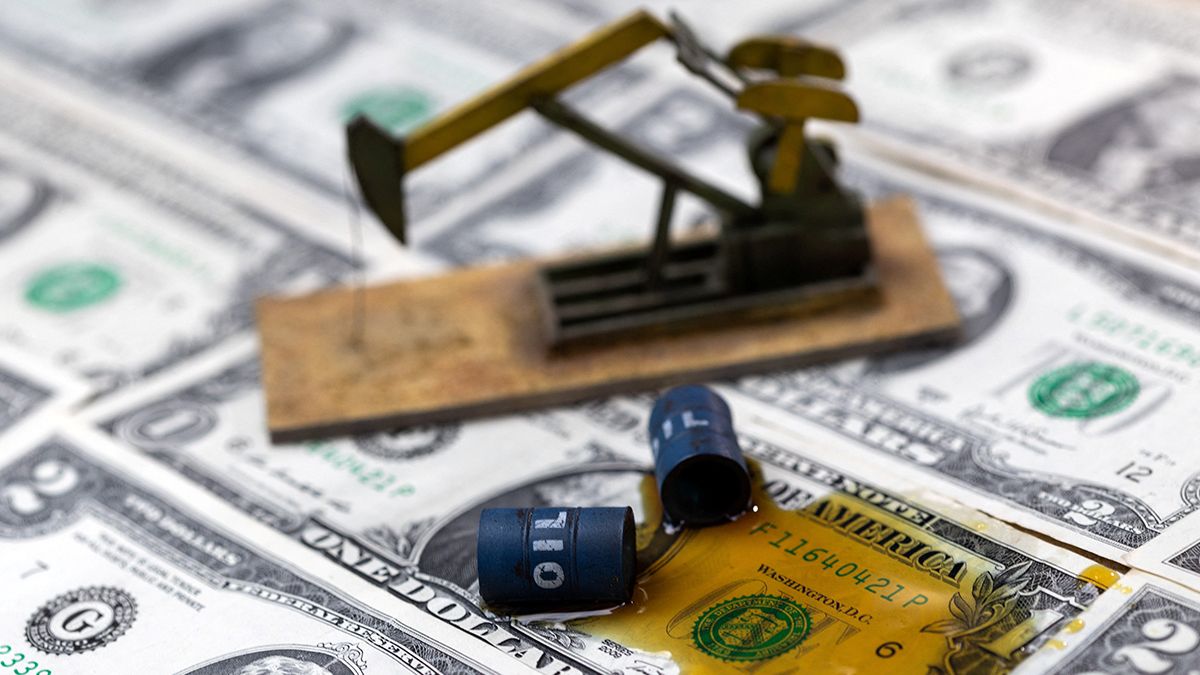The mayor of Jump, Andrés Lima, warned about the reappearance of a phenomenon that, during 2023, affected the economy of Uruguay, in general, but particularly to the border departments: the consumption diversion toward Argentina. “For 15, 20 days, these queues of cars have been seen crossing into the province of Between rivers”, he explained.
Since a few weeks that the situation in Argentina turns on the alarms again on this side of the Silver river: the effects of devaluation on the exchange difference began to fall behind and, with the escalation of Dolar blue —which touched its historical maximum on Tuesday and stretched the gap with the official exchange rate to 43.5%— the price gap between both countries by 9%.
This new scenario is part of several months of ups and downs with Argentina. “In September, October of last year we had a exchange difference and a price gap of around 160, 180%. In December Milei takes office, adopts a set of measures: devaluation, price increases, the fuels On the Argentine side and on the Uruguayan side, the prices of the products that make up the basic basket”, Lima explained about it, in dialogue with Radio Monte Carlo.
Even, according to the mayor, “trade on the Uruguayan side picked up, in the case of Leap, The report we propose from the shopping center itself is that sales increased by 25%.”
The demand for a border policy
However, in the last 15 or 20 days, an image that generates concern was seen again along the entire coast: the lines of cars on the international bridges, waiting to cross to Argentina, with the objective of making purchases of basic products and fuels.
“This swing is a product of the fact that we do not have, ultimately, border policies to be able to face this reality, and determines that we remain subject to the measures and resolutions of the Argentine government or the Brazilian government,” questioned Lima, who will compete in the June 30 elections as a pre-candidate in the internal Broad Front.
Asked what measures he took or could take at the departmental level, he maintained that “the margin is small.” “The patent no longer depends on the municipalities, there is a single legislation that passes through the dirty, The contribution is the only thing that depends on the Municipality and that some type of benefit can be available. Except for this particular issue, there is little that depends on the departmental governments,” he noted.
Likewise, he recognized that “that measure that the government implemented last year increase the discount Imesi, Taking it to 39%, it was an effective measure for a few months.” “The issue is that Argentina has been devaluing and as a result of that devaluation, there would be no effectiveness,” he concluded.
The blue dollar rises and the exchange gap grows again
This change in situation occurs after the price gap between Uruguay and Argentina will show a slight increase in May, the first since Javier Milei assumed the presidency of the neighboring country. He Border Price Indicator (IPF) which is prepared bimonthly by the UCU Salto Economic Observatory, to which he agreed Ambit, reflected an increase of 9% compared to March, so that Leap It was 59% more expensive than Concord, after months where a sustained and significant decline was recorded.
Thus, the IPF remains above the pre-pandemic, when the values were around 40%, but it is also very far from the high percentages registered between September 2021 and last January, with a maximum of 180% in September 2023.
In any case, the alarms have already begun to go off due to this change in scenario, caused mainly by the rise of the blue dollar in Argentina, according to the economists. María José Medin and Gimena Abreu, authors of the study. The parallel exchange rate increased its value by 18% in May after remaining stable, while the US currency in Uruguay also increased, but by just 1.57% in the same period.
Regarding the level of inflation, The IPF specified that the accumulated to April of the Pampas region Argentina, used as a reference, was 64.1%, with 8.8% in April. In parallel, the CPI that measured the INE It was 0.4% in May, with a growth of 3.25% so far this year.
Source: Ambito




